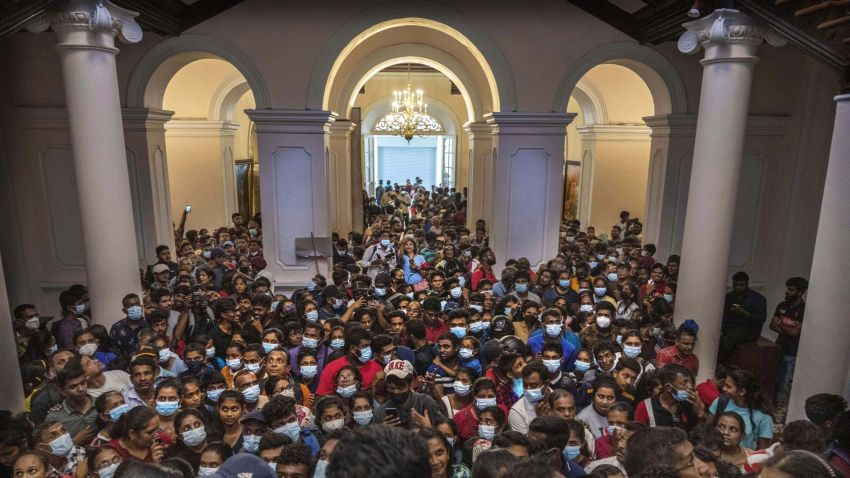Sri Lanka is facing tumultuous times. Recent months have seen unprecedented events, from monthslong protests against a deepening economic and political crisis, to mass resignations of government officials, to the resignation of a prime minister in May. Then, on July 9, massive protests led then-President Gotabaya Rajapaksa to promise to resign. After several days of uncertainty, he fled the country—first to the Maldives and then to Singapore—and finally transmitted his letter of resignation on July 14.
These remarkable developments, precipitated by the largest citizen mobilization the country has ever witnessed, would have been unthinkable until recently. In November 2019, Gotabaya, who is a member of the politically powerful Rajapaska family, was elected president by a landslide, and in 2020, his party won a majority of seats in Parliament. This paved the way for him to consolidate power and push the country even closer to authoritarianism, extending his family’s hold on the country, which had already spanned a large part of the previous two decades.
In fact, many of the recent political and economic developments are attributable to the Rajapaksas. Former President Mahinda Rajapaksa, Gotabaya’s older brother, took office in 2005 and oversaw the brutal end to the country’s decadeslong civil war with the Liberation Tigers of Tamil Eelam, better known as the Tamil Tigers. By the end, Sri Lanka’s military had been accused of human rights violations and war crimes. As a result, several Western economies shunned the country as it began rebuilding from war, and Sri Lanka struggled to secure foreign investment.

